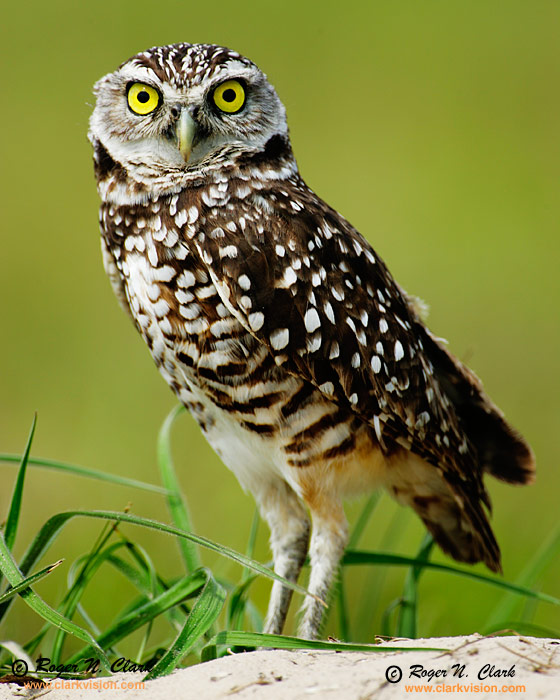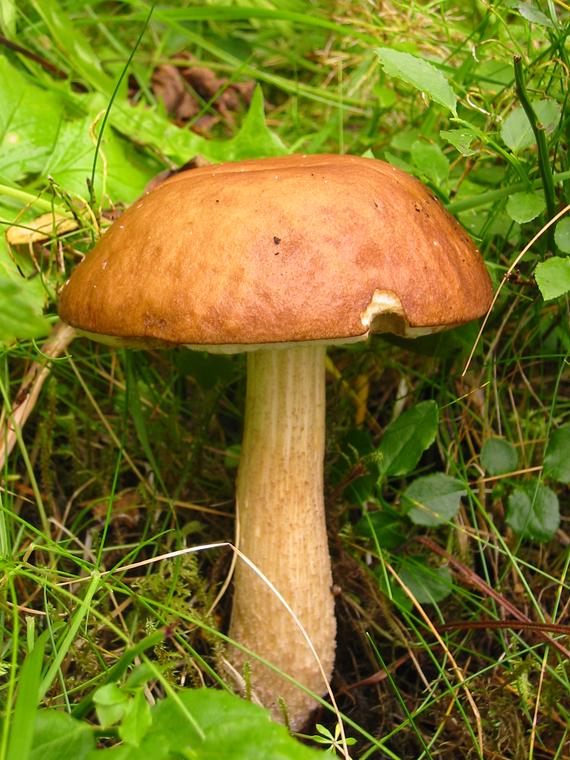Team members
Names / Roles:
-
Foo Chang How (Leader)
-
Ngan Xue Kai (Writer)
-
Dennis Lew (Research)
-
Jared Ding (Research)
Overview


Temperate forests are forests with different seasons and they are often called deciduous forests.In a temperate forest, most of the trees lose their leaves in the winter because water is not available for the leaves to survive. Also, the trees are not strong enough to keep their leaves and hold up all the snow that comes in the winter.many of these forests are found in Chile and Argentina, along the spurs of the Andean Range, and in New Zealand and Australia, where evergreens such as eucalyptus, Nothofagus, Araucaria and Podocarpus predominate.humans use these forests wood products, non-wood products, recreation, landscape and other aes thetic and cultural values.

Physical Factors
Spring time brings new life to the trees and plants, warm temperatures, and rain which helps everything grow. Summer is hot, and everything is green for all the trees now have leaves. Fall is cool. The trees are beginning to change colors such as red, yellow, and bright orange. Winter months are extremely cold. All the trees loose their leaves.
The average temperature for a year in the temperate forest is about 50 degrees F.
The forests usually gets about 30 to 60 inches of every year. Look at the chart below to compare the rainfall of the temperate forests and other types of habitats.

Its soil is fertile, enriched with decaying litter and canopy is moderately dense and allows light to penetrate, resulting in well-developed and richly diversified understory vegetation and stratification of animals.
Classification of Living Organisms
some of the producers are trees like maple, birch, beech, oak, hickory, and sweet gum.

Consumers are various insects and spiders, wolves, foxes, bears, coyotes, bobcats, mountain lions, eagles, rabbits, deer, skunks, squirrels, racoons, squirrels, moose and hummingbirds and bears.



Decomposers are the small plants such as shrubs, moss, ferns, and lichens


Food Web


Interrelationship in Ecosystem
Predator-prey relationship
Owls are Birds of Prey, which means that they must kill other animals to survive. Their diet includes insects, spiders, earthworms, snails and crabs, fish, amphibians, birds and small mammals which they hunt for in the night.One of the common food they eat are mice.


Parasitism
The caterpillars in the forest are parasites to the plants that inhabit the forest as they eat and damage the plants and only the caterpillar benifits by becoming a butterfly than reproducing to produce more caterpillars that will eat the plants.

Mutualism
Leaf cutter ants live underground in the rainforest and have a mutualistic relationship with a fungus there. The ants cut the chunkc of leaves from trees even though they cannot actually digest the plant matter. They bring this plant matter back to the nest and cultivate a fungus. The fungus is fed by the plant matter from the ants, and in turn it provides food for the ants.


Useful Links
Include the links of websites you took information from.
For example:
Wild World @ nationalgeographic.com ( http://www.nationalgeographic.com/wildworld/terrestrial.html )
- http://www.fao.org/forestry/docrep/wfcxi/PUBLI/V6/T382E/3-2.HTM
- http://oncampus.richmond.edu/academics/education/projects/webunits/biomes/tforest.html
- http://biology.about.com/od/landbiomes/a/aa052506a.htm
- http://www.fauna-flora.org/temperateforests.php